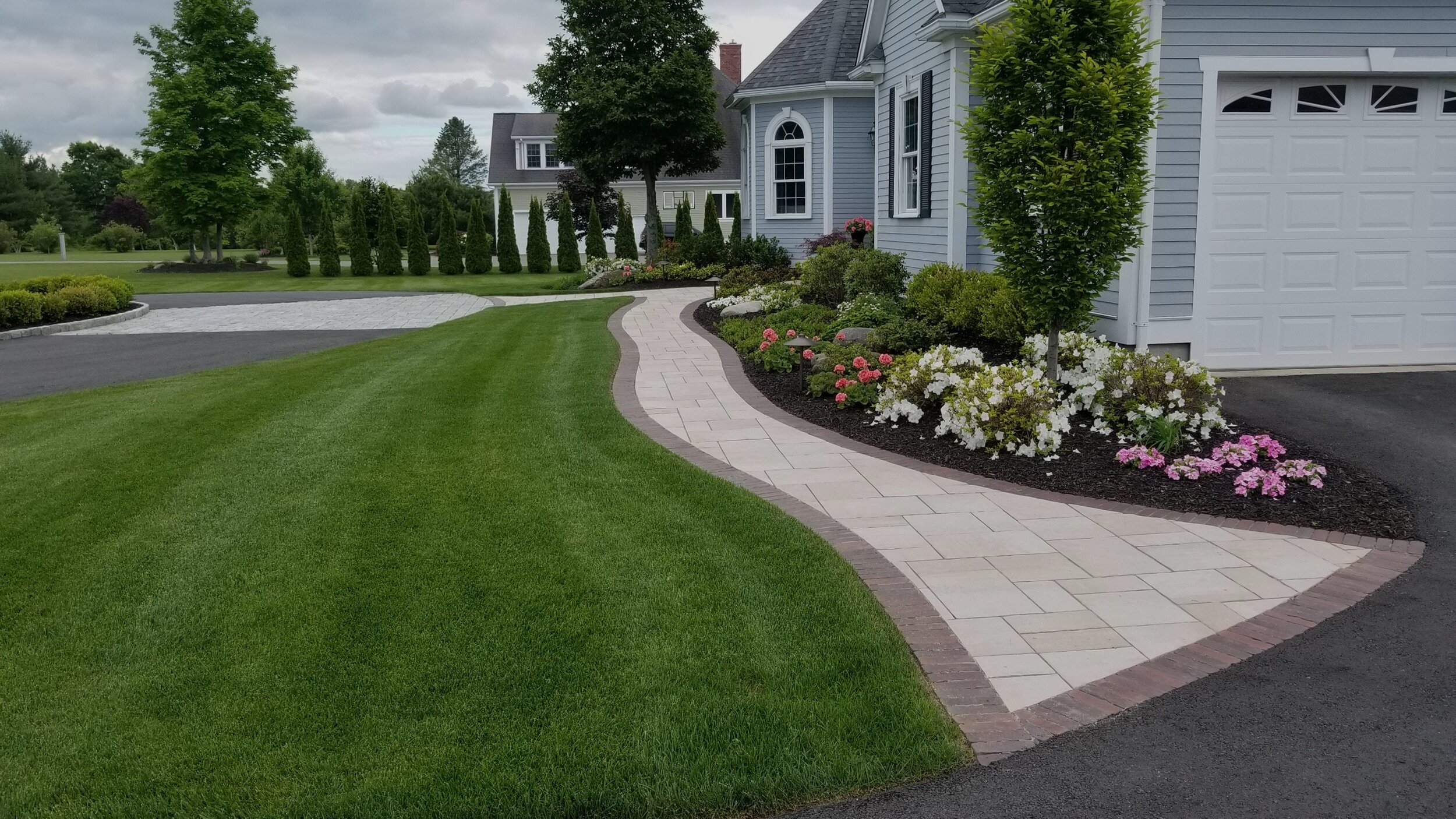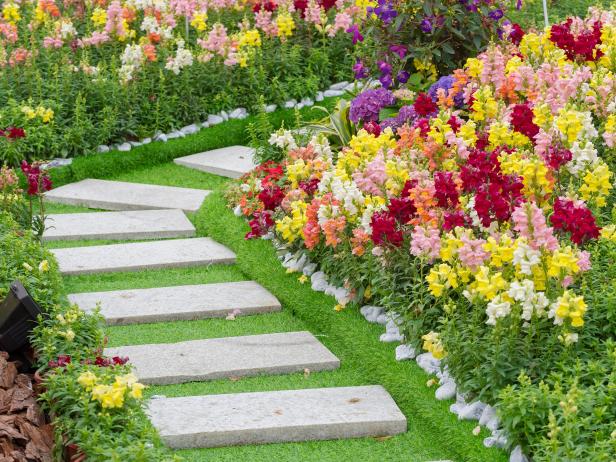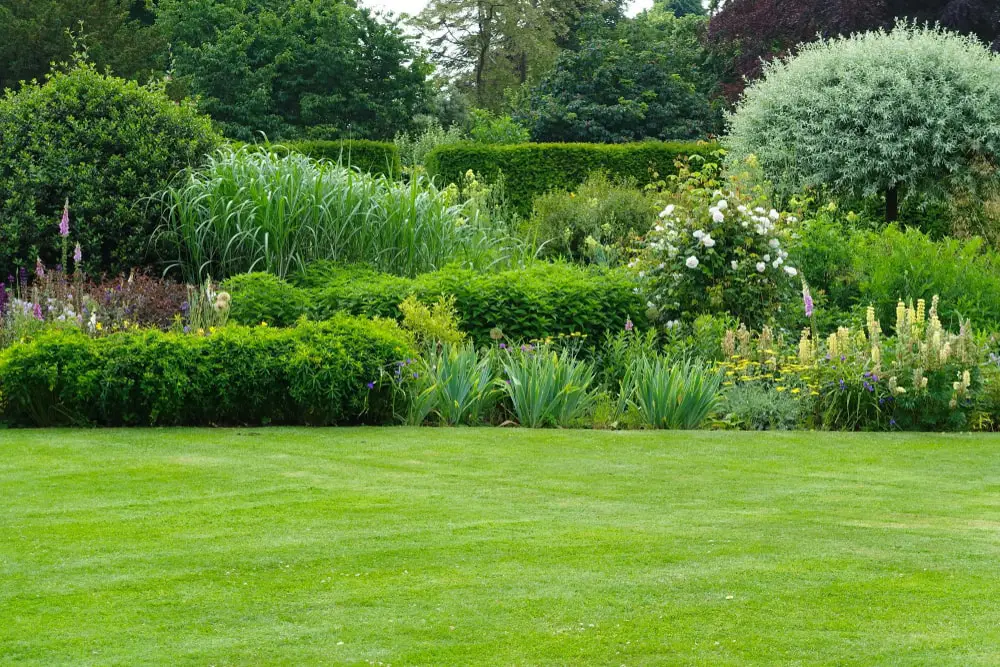Check Out Creative Solutions with Specialist Palm Desert Landscaping
Check Out Creative Solutions with Specialist Palm Desert Landscaping
Blog Article
A Comprehensive Overview to Creating and Implementing Effective Landscape Design Solutions
The art and scientific research of landscape design expand beyond plain aesthetic appeals; they involve a thoughtful integration of design principles, environmental stewardship, and sensible execution. A detailed guide to effective landscape design options begins with an extensive understanding of your outdoor space, emphasizing the value of proportion, unity, and equilibrium. As we discover sustainable techniques and the choice of appropriate vegetation, the implications for biodiversity and area wellness come to be progressively apparent. What approaches can one utilize to ensure these landscapes not just flourish yet also grow attuned to their environments?

Comprehending Landscape Design Concepts
One may wonder what fundamental aspects contribute to reliable landscape layout. At its core, successful landscape design pivots on several vital concepts that direct the setup and choice of elements within an area. These concepts include unity, balance, rhythm, and percentage, each offering to produce a harmonious exterior environment.
Unity describes the natural relationship amongst different elements, making certain that they collaborate visually and functionally. Equilibrium can be achieved through symmetrical or unbalanced arrangements, permitting the landscape to really feel secure and welcoming. Percentage entails comprehending the range of elements in regard to each other and the surrounding setting, promoting visual harmony and comfort.

Analyzing Your Outdoor Area
Prior to implementing the principles of landscape layout, a thorough evaluation of your outside room is crucial. This initial analysis aids specify the scope of your landscaping job and ensures that your design lines up with the special features of your property. Begin by evaluating the measurements of your room, taking exact dimensions to comprehend the readily available location for various elements such as paths, outdoor patios, and yards.
Next, observe the existing attributes of your landscape, including topography, dirt high quality, and drainage patterns. These variables substantially affect plant option and positioning. In addition, analyze the sunshine exposure throughout various areas throughout the day, as this will certainly influence the kinds of plants that grow in your yard.
Consider the microclimates produced by structures, trees, and other barriers, as they can influence temperature level and dampness levels. Lastly, keep in mind of any type of existing plants or hardscape components that you wish to retain or remove. This detailed evaluation prepares for a knowledgeable and efficient landscape design option, making sure that your design is not only visually pleasing yet lasting and additionally functional for years to come.
Lasting Landscaping Methods
Including lasting landscape design techniques is necessary for producing an ecologically accountable outside room. These techniques not only promote ecological balance but also enhance the aesthetic and useful worth of a landscape. One foundational strategy is the application of native plants, which call for much less water and upkeep while sustaining neighborhood wildlife. Executing efficient irrigation systems, such as drip watering, lessens water waste and makes certain that plants get sufficient moisture.

An additional effective strategy is the critical positioning of bushes and trees to provide natural windbreaks and color, thus decreasing power expenses (Palm Desert Landscaping). Rain yards can be integrated right into the landscape design to take care of stormwater drainage effectively, filtering system pollutants before they get in rivers
Choosing the Right Plants
Selecting the right plants for your landscape is crucial to attaining both aesthetic appeal and environmental consistency. The procedure begins with an understanding of your local More Bonuses environment, soil problems, and the specific microenvironments within your landscape. Analyzing elements such as sunshine exposure, moisture degrees, and existing vegetations will help you pick plants that thrive in your one-of-a-kind setting.
Take into consideration integrating indigenous plants, as they are well-adapted to neighborhood problems, call for less upkeep, and support local wild animals. Furthermore, choosing a varied selection of varieties can boost biodiversity while lowering the danger of disease and bug break outs. It is important to evaluate the development behaviors, flowering durations, and seasonal colors of potential plants to create a dynamic and natural landscape.
In addition, assume concerning the planned use the room; for instance, if my website the location will experience high foot traffic, choose resistant ground covers. By thoughtfully choosing plants that straighten with both your aesthetic goals and environmental requirements, you can create a lasting landscape that not just improves your residential or commercial property however additionally adds favorably to the bordering ecosystem.

Application and Upkeep Strategies
When the ideal plants have actually been chosen for your landscape, the focus shifts to effective application and ongoing upkeep methods. Effective installation starts with appropriate website prep work, that includes dirt screening to figure out nutrient degrees and pH, adhered to by modifying the soil as needed. Very carefully organize plants according to their development behaviors and light requirements, making sure appropriate spacing to promote healthy growth.
Irrigation is a critical component of execution. Develop a watering schedule that thinks about the certain needs of each plant species, adjusting for seasonal modifications. Using drip irrigation systems can improve water effectiveness and reduce drainage.
Upkeep approaches have to be executed to make certain the durability and vigor of your landscape. Normal jobs include weeding, mulching, and pruning to manage development and prevent condition. Fertilizing should be performed based upon soil tests, providing the required nutrients without over-fertilizing.
Checking for parasites and diseases is necessary; early detection can prevent significant damage. Seasonal changes to upkeep regimens, such as preparing and winterizing perennials for springtime development, will redirected here certainly guarantee that your landscape remains visually appealing and healthy year-round.
Conclusion
Successful application and ongoing maintenance even more guarantee the durability and vigor of landscapes. By incorporating these components, landscapes can be transformed right into attractive, functional environments that advertise biodiversity and add positively to neighborhood wellness.
One may wonder what fundamental aspects add to effective landscape design. At its core, successful landscape layout hinges on several crucial principles that lead the arrangement and option of aspects within a room.Selecting the right plants for your landscape is important to attaining both visual charm and environmental consistency. It is important to examine the growth practices, flowering durations, and seasonal colors of possible plants to produce a vibrant and cohesive landscape.
When the ideal plants have actually been chosen for your landscape, the focus changes to effective implementation and recurring maintenance approaches.
Report this page